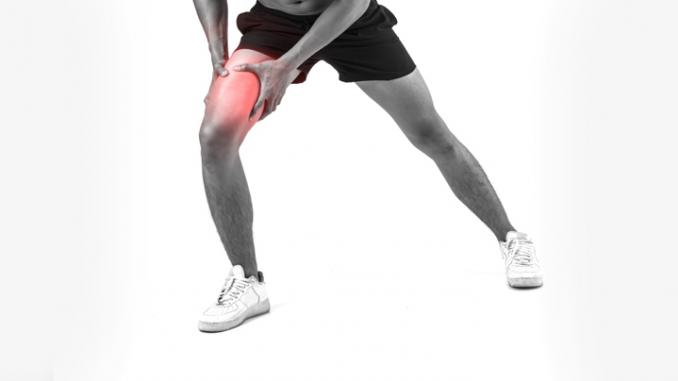
Deep vein thrombosis represents the formation of a clot which consists of coagulated blood within the deep veins. The clot formation is most likely to affect the deep veins of the legs or arms. However, the clot might be formed in any region of the body.
It’s common for patients who suffer from deep vein thrombosis neither experience any symptoms nor develop any sign of the disease. This can be dangerous, because if the clot becomes fragmented or dislodged, the clot may travel through the venous circulation to the heart where it might obstruct the supply of blood causing a life-threatening pulmonary embolism.
Statistics demonstrate that deep vein thrombosis is a common condition. According to the data published by the National Center for Health Statistics [NCHS], deep vein thrombosis occurs with an incidence of one case per thousand population. Also, deep vein thrombosis represents the most relevant risk factor for the development of pulmonary embolism.
Why does thrombosis occur?
A century ago, a famous German pathologist, Rudolf Virchow, explained how thrombosis could occur. Three factors have to be present for a clot to develop: stasis (impaired circulation), vein damage and activation of the coagulation cascade (blood clotting). Each condition that leads to the development of the factors above might cause the formation of thrombus (blood clot).
Among the most common diseases and conditions that increase the risk of deep venous thrombosis are cancer, acute infectious diseases, old age, obesity, surgery, prolonged immobility and prior history of deep vein thrombosis. Conditions that also contribute include pregnancy, stroke, congestive heart failure, trauma, fractures, contraceptives, burns, and the use of intravenous drugs. Also, if you had a family member who had deep vein thrombosis, you are at a higher risk of developing this disease.
1. Leg (extremity) pain
The clinical presentation of deep vein thrombosis is mostly unspecific. Experiencing pain in the leg is one of the most common complaints when a clot forms in the deep vein of the leg. The intensity of the pain may vary from very mild to severe pain. However, most patients commonly report a mild to moderate pain intensity. The pain intensity does not correlate with the extent of thrombotic disease.
2. Tenderness
Pain and tenderness frequently occur together in patients with deep vein thrombosis. Tenderness is usually present along the path of the deep vein. In legs, this is usually in the region of the calf and at the back side of the knee. Tenderness, if caused by deep vein thrombosis, is only present specifically at the site where the clot has formed. Outside this specific region, tenderness is not caused by thrombus formation. If the thrombus is located above the knee, the most common site of tenderness is the inner part of the thigh.
More symptoms on next page…

